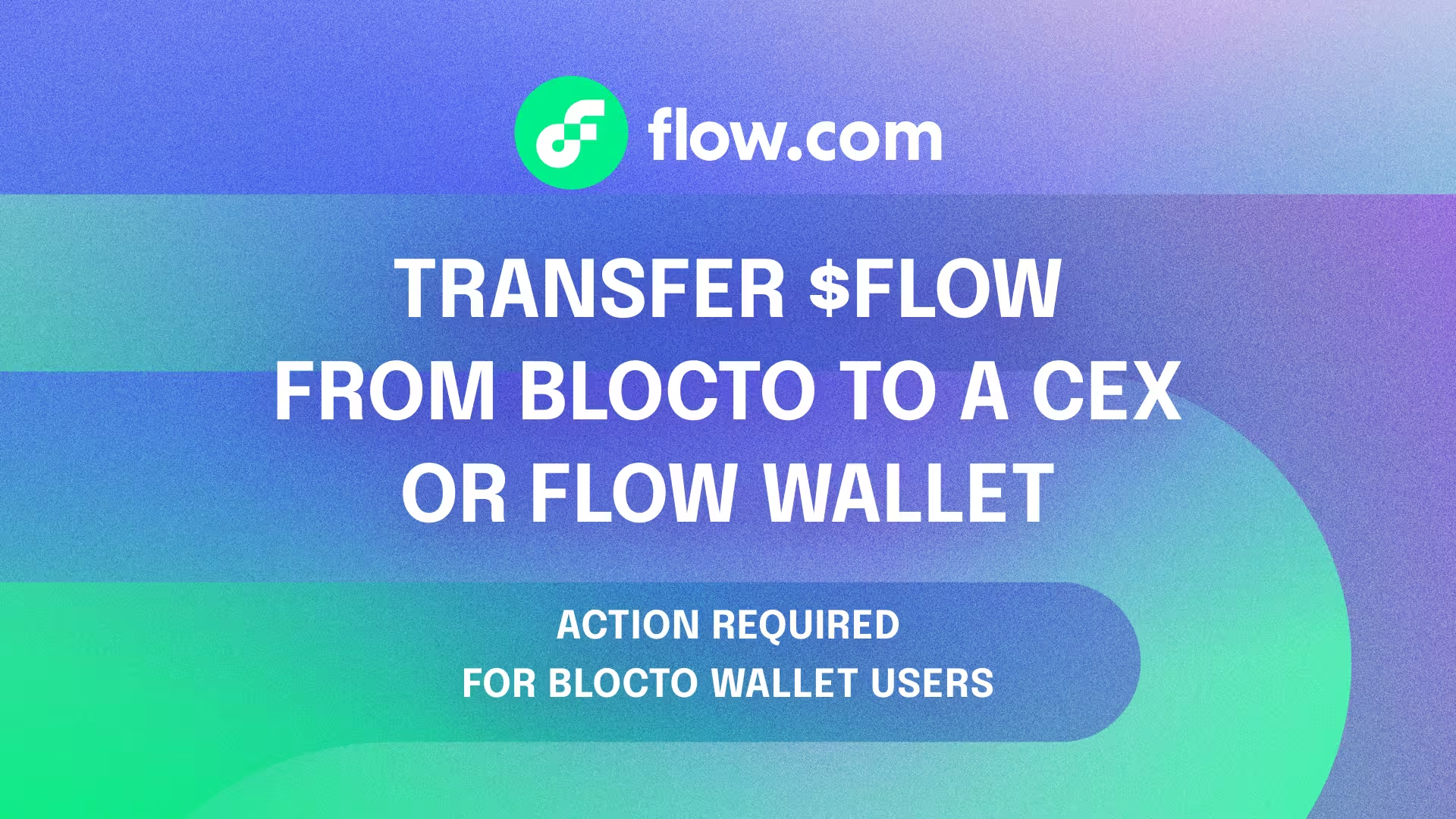.png)
So Why is Everyone Talking About Proof of Stake?
Proof of Stake is getting a lot of buzz at the moment with the Ethereum Merge under way. Moving from a legacy consensus model is a big deal, and we’re excited to see Ethereum embrace the importance of reducing its carbon footprint to experience the benefits from POS, which has underpinned Flow’s framework from our beginning.
Building with a Proof-of-Stake protocol has enabled Flow to avoid the computational cost of legacy Proof-of-Work mechanisms. While it’s not the only factor that has contributed to Flow’s success with high-transaction projects, it has helped to make us the most eco-friendly blockchain while improving security for our network.
And beyond POS, Flow was designed to scale without sharding as well as for speed, all while preserving a developer-friendly, ACID-compliant environment.
- Flow’s unique multi-node architecture allows it to scale to thousands of times higher throughput at a lower cost while maintaining a shared execution environment for all operations on the network.
- Flow was designed to be easy to use by developers who are building consumer-scale apps that everyday people use to love. We created Cadence, a new programming language, specifically for building Web3 apps, and it’s been hardened for increased safety across the network.
- The native wallet on Flow, Dapper, is the easiest way to get introduced to and become comfortable in Web3. It comes with enterprise-grade security baked in and makes handling checkout a breeze.
A Look at Proof-of-Stake
So, what does Proof of Stake mean and how does it impact the Merge? We’ve outlined some of the basics below.
What is Proof-of-Stake (POS)?
- POW uses high energy consumption crypto miners to validate transactions, rewarding them with cryptocurrency for solving the complex math problems involved.
- POS is a consensus mechanism that replaces miners with node validators that work together instead of competing. This results in greater efficiency and significantly less energy consumption.
Are networks more or less safe as a result of POS?
- POS is more secure than POW. Node validators are required to stake cryptocurrency as collateral before they can review transactions, which means the cost of failure is much higher for attackers if they’re caught–and they often can only afford one attempt.
- The Flow ecosystem is protected by additional safety measures, including our hardened programming language, Cadence. Advanced security is also baked into our native wallet, Dapper.
Does POS result in lower fees?
- It’s expected that Ethereum transaction (gas) fees will not be directly impacted by the Merge. Gas fees currently average around $USD 3 per transaction on Ethereum.
- Flow transaction fees average less than $USD 0.001, and are reduced by more efficiencies than POS alone.
How will the Merge impact the Flow blockchain and ecosystem?
- The short answer? It won’t. Flow has used POS consensus from the very beginning, which has helped Flow become the most eco-friendly blockchain, and it’s only part of what makes us special.
- Flow achieves faster and far more affordable transactions as a result of its unique multi-node architecture, which is built to scale for mainstream use. The Merge won’t materially improve performance or lower costs for Ethereum users.
Why does the Merge matter?
- It makes Ethereum less energy-intensive. While POW was revolutionary at the time, it’s a more environmentally-harmful protocol. Switching to POS will dramatically cut back on Ethereum’s carbon footprint, making our planet the single greatest beneficiary.
- In the long run, it can help contribute to reshaping negative environmentalist and consumer perceptions of Web3 technology resulting from blockchains using POW. This has the opportunity to be a big win for our industry.
How much will the Merge affect Ethereum’s carbon footprint?
- It’s reported that Ethereum will use 99.95 percent less energy post-merge, which means it will consume 0.01 TWh/yr compared to the 112 TWh/yr it uses currently.
Will moving to POS change Ethereum’s programming language?
- Moving to POS won’t impact the developer experience on Ethereum. It will continue to use Solidity as its smart contract programming language.
- Developers on Flow benefit from a more user-friendly experience as a result of the smart programming language we created, Cadence, which was designed to help developers ensure that their code is safe, secure, clear, and approachable.
Will Ethereum need any other updates following the Merge?
- Yes, Ethereum will make additional improvements to address scalability issues. Unlike the Flow blockchain, which was built to support consumer scale decentralized applications from the very beginning, the Merge will allow Ethereum to try options like sharding to grow with less friction.
While the Merge may not be a proverbial silver bullet for Ethereum, and additional work will be needed to continue evolving the network, this is undoubtedly a very welcome moment for our industry. Before Web3 experiences can truly be scaled to billions of users, minimizing the environmental impact of this technology needs to become table stakes with every blockchain.
Want to know more how Proof of Stake works on the Flow Blockchain? Learn more here.


















